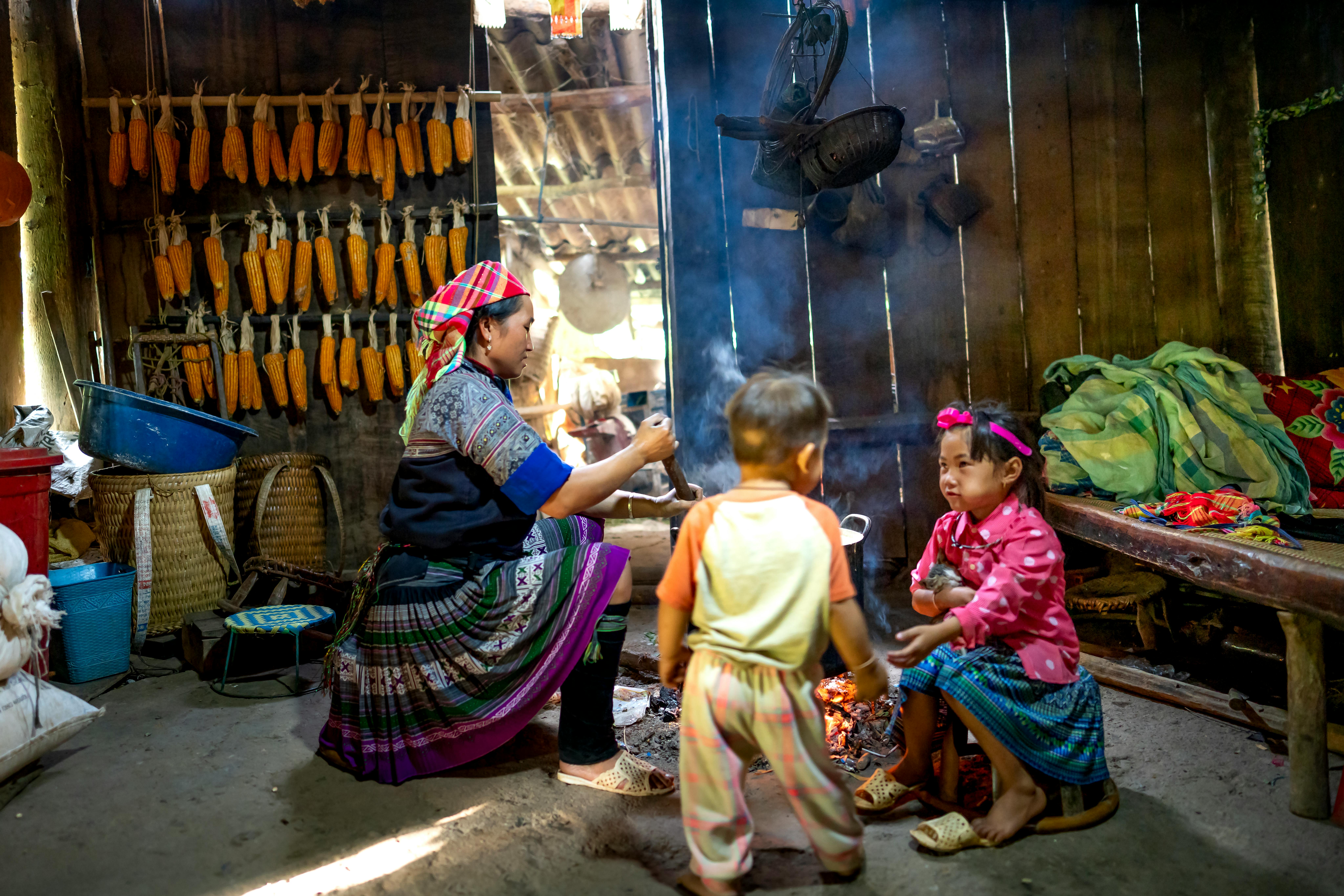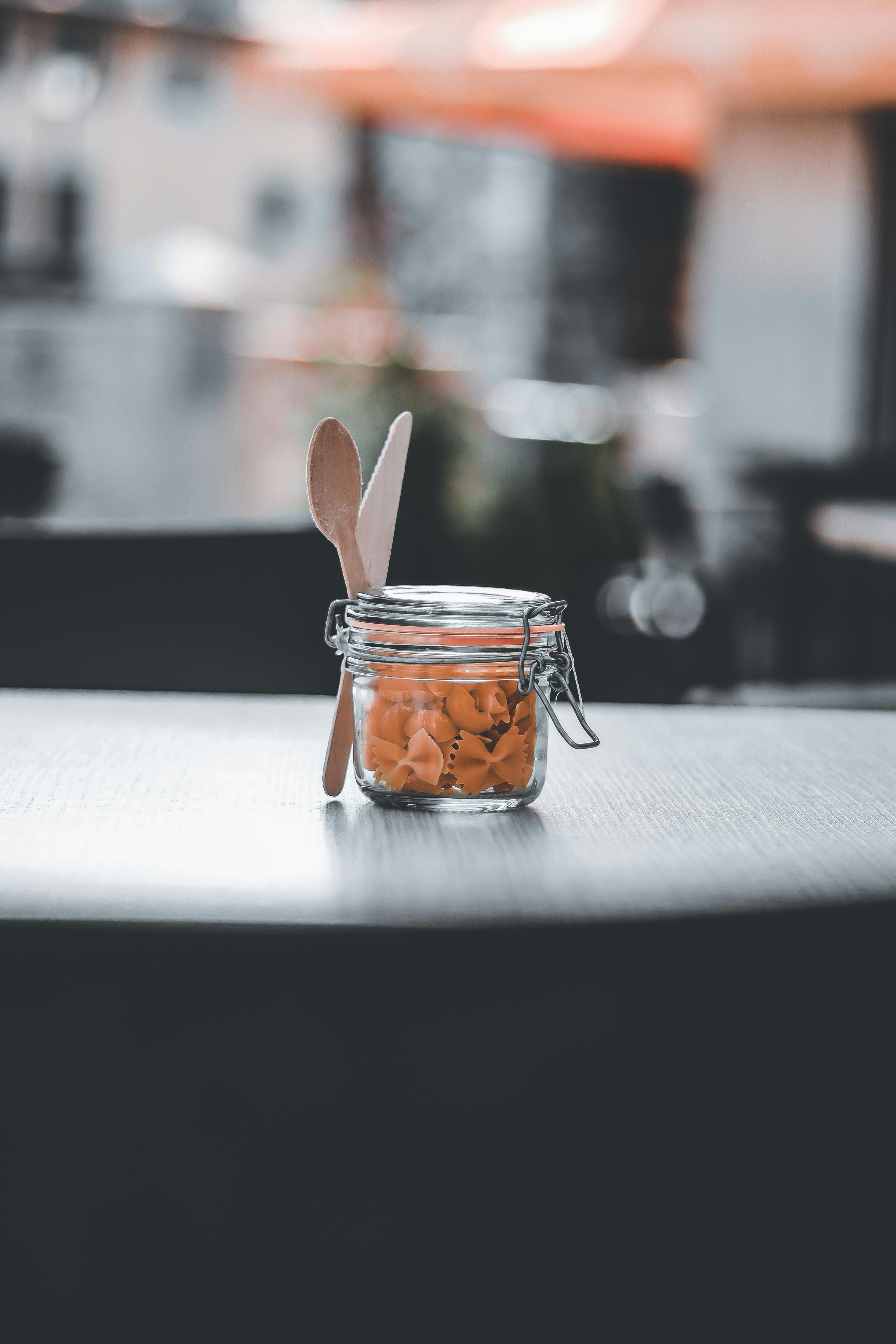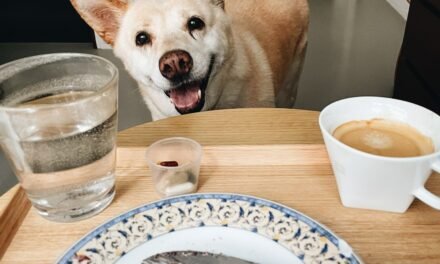Can Dry Cat Food Go Bad in Heat?
The answer to this question is yes, dry cat food can go bad in heat. Cat owners should take extra precaution when storing their pet’s food, especially if they live in a warm climate. Higher temperatures can cause bacteria and mold to grow, leading to potential health risks for your cat. To ensure the safety of your pet, it’s important to understand the factors that can cause dry cat food to spoil and how to prevent it.
The potential risks of dry cat food going bad in heat are numerous. When exposed to high temperatures, the fats, proteins and carbohydrates in the food can break down and become rancid. This can cause digestive issues for your cat, such as vomiting and diarrhea. Additionally, it can also create an unpleasant smell and taste for your pet.
Moreover, when food is exposed to high temperatures for extended periods of time, it can attract bacteria and fungi which can cause serious illness in cats if ingested. Heat also encourages the growth of molds which produce harmful toxins that can be dangerous for cats.
It is important to store dry cat food in a cool place away from direct sunlight or any other sources of heat to avoid any risks associated with spoilage. Additionally, check the expiration date on the package before feeding it to your cat as expired food may contain bacteria that could be harmful.
Contents
How Can I Tell if My Cat’s Food Has Gone Bad?
Knowing when cat food has gone bad is important for keeping your kitty healthy. Paying attention to the smell and texture of your cat’s food can help you determine if it’s still good to feed. If the food smells different than usual or looks dried out, it might be time to ditch it. Cat food usually has an expiration date on the bag, so check that first before you decide if the food is bad.
If you don’t have an expiration date on the bag, look for signs of mold or discoloration on kibble or canned food. If you spot anything unusual, throw out the food and replace it with a fresh batch – cats should never eat moldy or expired food as it can make them sick. Avoid feeding your cat old or expired treats as well; even though they may not contain any spoilage bacteria, they might not have all the nutrients they need.
When in doubt, throw it out! Cats are vulnerable to certain bacterial infections and illnesses, so you want to make sure their diet is healthy and nutritious at all times. Check your cat’s food regularly and store it in a cool, dry place away from sunlight and moisture. This will keep your cat’s meals safe and delicious for them to enjoy!
Steps to Keep Dry Cat Food from Spoiling
Storing dry cat food properly helps keep it fresh and safe for your pet to eat. To keep dry cat food from spoiling, there are a few simple steps you can take. First, store the cat food in an airtight container or bag. This will help keep moisture out, which can lead to spoilage. Second, store the food in a cool, dry place away from direct sunlight and moisture. Third, make sure the container is regularly cleaned with hot water and soap. Lastly, be sure to check the expiration date on the packaging before feeding your pet any dry cat food that has been stored for some time.
It is also important to only buy as much dry cat food as you need for a few months at a time. Keeping larger amounts of dry cat food around for longer periods of time can increase the chances of it going bad before your pet has a chance to eat it all. Additionally, if your cat does not finish their meal within one sitting, be sure to place any leftover food in an airtight container and refrigerate it immediately after feeding them.
By taking these simple steps and being mindful of your pet’s dietary needs, you can ensure that their dry cat food remains fresh and safe for them to eat over time.
Does the Type of Dry Cat Food Affect How Long It Lasts in Heat?
It is important to consider the type of dry cat food when assessing how long it will last in heat. Cats have different dietary needs, so the type of food you choose for your pet can have an effect on its shelf life. Dry cat food usually has a longer shelf life than wet food, but certain types of dry food may be more susceptible to spoilage in hot temperatures.
Traditional kibble is a popular choice for cats, as it tends to be affordable and easy to store. However, kibble is made up of small pieces that can attract bacteria and other contaminants if left exposed to heat. Kibble should be kept in a cool, dry place when not in use in order to preserve its freshness.
Grain-free dry cat food is another popular option that has grown in popularity over the last few years. This type of food typically contains more natural ingredients and is free from grains, making it easier to digest for cats with sensitive stomachs. Grain-free foods are generally less prone to spoilage and can usually last longer in heat than traditional kibble.
Canned and freeze-dried cat foods are also available for cats with special dietary needs or preferences. These types of foods have a shorter shelf life than dry food, but they are more resistant to spoilage due to their higher moisture content and lower sugar content compared to kibble or grain-free options. However, canned and freeze-dried foods should still be stored at room temperature or below if possible, as high temperatures can cause them to spoil quickly.
In general, it is important to consider the type of dry cat food when assessing how long it will last in heat. Kibble should be stored at room temperature or below while grain-free options and canned/freeze-dried foods are less prone to spoilage due to their higher moisture content and lower sugar content compared to traditional kibble.
Should I Store Dry Cat Food in an Air-Conditioned Room?
Storing dry cat food in an air-conditioned room is a great way to keep your pet’s food fresh and free from contaminants. The cooler temperatures of an air-conditioned room can help slow the growth of bacteria and mold, which can quickly spoil dry cat food. Keeping the room well ventilated also helps reduce the potential for odors.
When storing dry cat food, it’s important to keep it away from light and moisture. The best place to store your pet’s food is in a cool, dry area that is away from direct sunlight and sources of heat. It’s also important to keep the container tightly sealed when not in use to prevent moisture from getting inside.
If you choose to store your pet’s food in an air-conditioned room, make sure that the temperature is consistently kept below 70°F (21°C). This will help ensure that the quality of your pet’s food remains optimal and won’t spoil easily. It’s also important to regularly check on the quality of the food to make sure it hasn’t gone bad.
Overall, storing dry cat food in an air-conditioned room can be beneficial for keeping your pet’s food fresh and free from contaminants. However, it’s important to make sure that the temperature is consistently kept below 70°F (21°C) and that you regularly check on the quality of the food.

Are There Special Considerations for Wet Cat Food in Heat?
Yes, there are special considerations for wet cat food in hot weather. Wet cat food is especially vulnerable to heat and can quickly spoil if not stored properly. It is important to keep wet cat food refrigerated or in a cool, dry place to preserve its quality and prevent it from spoiling. Additionally, it is essential to use the food within a few days of opening the package as bacteria can quickly grow on wet food that has been left out too long.
Wet cat food also tends to attract insects and rodents if stored improperly or left out for extended periods of time. To prevent this, it is best to store wet cat food in airtight containers or bags and keep them in a cool place away from sunlight. Additionally, it is important to keep the area where you store the wet cat food clean and free from debris or other contaminants that can contaminate the food.
When feeding your cats wet cat food during hot weather, it is best to pour out only enough for one meal at a time to avoid waste and ensure that the remaining portion stays fresh. Additionally, consider adding cold water or ice cubes to their bowl when feeding them wet food during hot weather as this will help keep them hydrated while they eat.
Does a Sealed Container Help Protect Against Heat Damage to Cat Food?
Using a sealed container when storing cat food can help protect it against heat damage. Heat can cause the fats and proteins in cat food to break down and spoil, making it unhealthy for your cat to eat. A sealed container helps keep the heat out so that these essential nutrients stay intact. It also prevents other outside contaminants from getting into the food, keeping it fresher for longer.
Additionally, using a sealed container is important for any type of food storage since it helps keep pests away and prevents cross-contamination from other food items in the pantry or refrigerator. This is especially important for cat food because if pests such as mice or roaches get into the food, they could spread disease to your pet.
In conclusion, using a sealed container when storing cat food is an important step in protecting it from heat damage and contaminants that could make your pet sick. It’s also an effective way to keep pests away and maintain the freshness of the food so that your cat can enjoy its meals safely.
Feeding Wet or Dry Food During Hot Weather?
When it comes to feeding cats during hot weather, many people are unsure if wet or dry food is best. Wet food has a higher moisture content which can help to hydrate your cat on hot days, but dry food can provide more nutrients and help to keep your cat’s teeth clean. Ultimately, it’s important to make sure that your cat is getting the nutrition they need regardless of what type of food you give them.
When considering wet or dry cat food, there are several factors to take into account. For example, wet food may be better for cats with digestive issues since the high moisture content can make it easier for them to digest. On the other hand, dry food can provide more nutrients and vitamins than wet food and can also help to keep your cat’s teeth clean by providing them with plenty of crunchy kibble.
No matter which type of food you choose for your cat during hot weather, it’s still important to ensure that they are getting all of the nutrition they need. Make sure that you offer a balanced diet with a variety of foods and consider supplementing with multivitamins if necessary. Additionally, always be sure to provide plenty of fresh water for your cat so that they stay hydrated in the heat.

Conclusion
Though dry cat food is designed to remain fresh for long periods of time, extreme heat can cause the food to spoil. To ensure that your cat’s food remains fresh and safe to eat, it is best to store the food in a cool, dry place away from direct sunlight. To extend the shelf life of dry cat food and keep it as safe and nutritious as possible, it is important to keep an eye on the expiration date on the packaging and discard any food that has expired.
All in all, if you are looking for a way to provide your cat with a nutritious diet without having to buy fresh food every day, dry cat food can be a great option. However, when storing dry cat food in hot temperatures for an extended period of time, it can go bad faster than expected. To ensure that you are giving your pet safe and nutritious meals, always check the expiration date on the packaging before feeding your kitty.





